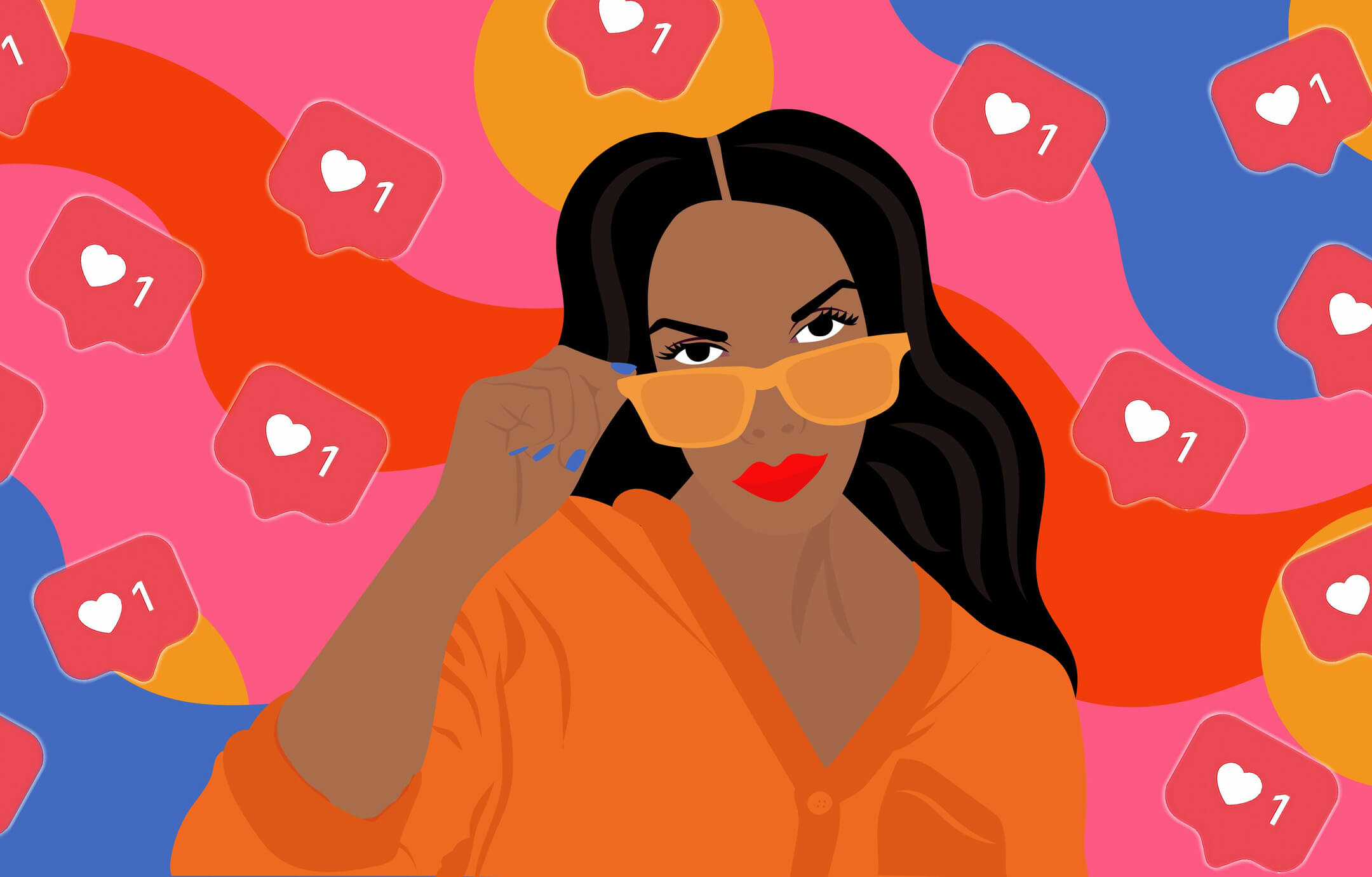
Most people don’t like being advertised to. This reality creates even more hurdles for brands as they seek to reach increasingly segmented consumers across a plethora of digital platforms. As a result, brands and marketers have to get more creative in choosing how to spread the word about their product or service. And they have, as evidenced by the rising share of marketing budgets allocated to less conventional avenues like influencer marketing.
However, as the digitization of influencer marketing continues to mature, so do the potential risks involved. Recent reports have documented the rise of influencer fraud, a phenomenon where individuals deploy a variety of tactics (ranging from the outright unlawful to morally ambiguous) to increase their social media metrics to attract the attention of major brands and high paying partnerships.
Some forms of influencer fraud, like a more defined breach of contract, are easy to detect and retaliate against. Such was the case in 2018, and again in late 2019, when two separate fashion brands sued actor and influencer Luke Sabbat for failing to post the agreed-upon product promotions he was paid for.
Other, more commonplace, types of fraud are extra challenging to detect like that of the U.K.-based fashion influencer discovered by Entrepreneur. Jess (a pseudonym) reportedly had 230,000 Instagram followers and worked with 22 different brands in 2018, charging $1,000 per post. Those brands didn’t realize that 96% of Jess’s engagement was the result of bots she had paid for at the low price of $2 for every 1,000 likes, comments, or shares. Essentially, every brand Jess worked with wasted $960 on each paid post.
This is far from an isolated incident. Cybersecurity firm Cheq partnered with professor Roberto Cavazos at the University of Baltimore and found that such influencer fraud was expected to cost businesses 1.3 billion dollars in 2019. A staggering figuring indicating that 15% of all corporate dollars spent on influencers are wasted on hoards of fake followers.
If you’re considering joining the nearly 80% of brands engaging with influencer marketing on Instagram, here are some of the common types of fraud you should be aware of and how you might be able to mitigate potential risk.
Fake Followers / Engagement
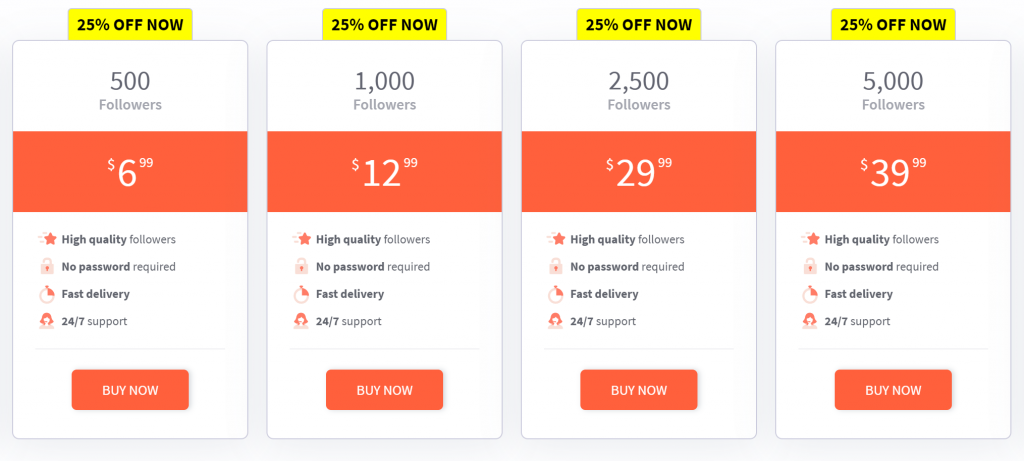
As mentioned previously, fake followers are among the most common types of influencer fraud out there, with one survey by Cavazos finding that 25% of the followers of 10,000 influencers were fake.
Bought followers (which in many cases are also bot followers) lead to fake engagement in the form of likes, comments, and shares, a metric that is extremely important to brands when determining what influencers to partner with and how much to pay them.
The widespread nature of this form of fraud has put pressure on social networks to find solutions aimed at retaining user trust and platform security. However, the rise and fall of fraudulent user accounts are cyclical, explains Sean Spielberg, the co-founder of the influencer analytics tool Instascreener.
“Fake followers and fake engagement is kind of like an arms race.” he explained in a conversation with Digiday, “When Instagram creates a new fancy algorithm to detect fraud, someone immediately begins working on ways to get around it,” he added. “Then, fraud creeps up again. It won’t ever go to zero if brands and agencies wait for Instagram to solve the problem.”
Because of this, media marketers and brands are starting to change their tune, suggesting more rigorous vetting and third-party investigations into influencers that considers a broader set of factors besides just engagement.
Stephanie Cartin, Co-CEO of Socialfly and Co-Host of the Entreprenista Podcast, employs such methods when investigating influencers for her clients.
“First of all, we use software such as Creator IQ, which allows us to thoroughly vet content creators and flags accounts that likely have purchased fake followers based on their algorithms.” Cartin described, “if you don’t have access to vetting platforms such as Creator IQ, you can always ask influencers to send over insights from past campaigns or recent posts. If they have an authentic following and are looking to partner with like-minded brands, they will be happy to share metrics!”
Engagement Pods
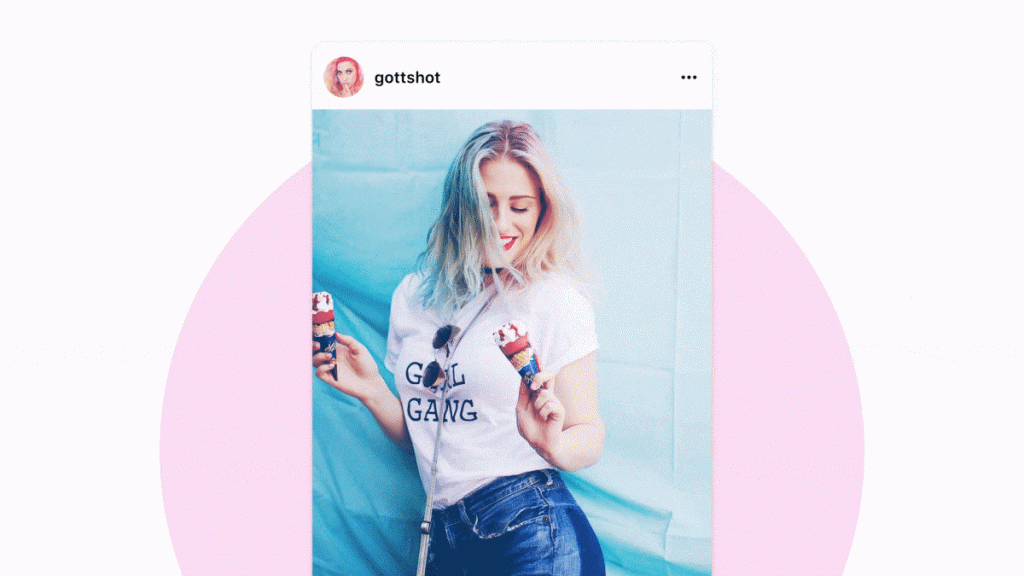
Another, even more, difficult-to-detect way that users inorganically increase their engagement is through participating in engagement pods. Engagement pods came to be in 2016 as a reaction to Instagram’s shift from a chronological timeline to an algorithmic feed. They are closed groups with potentially hundreds of members, each of whom agrees to consistently interact with one another’s content in order to amass more likes, comments, and shares.
This unorthodox strategy falls less under the category of overt fraud and more under that of morally ambiguous, as the engagement received is coming from real people and not bots. Despite this, it is still a deceptive tactic, resulting in inflated numbers charged with followers who are very unlikely to buy the products touted on the accounts with which they are duty-bound to interact.
Lizzie Mullaney, a London-based blogger, discussed her previous pod experience with Elle UK. Initially, she saw some short-term benefits to engagement pods that led her to join three different groups between 2017 and 2018.
Beyond her moral struggles with pod life’s inauthenticity, Mullaney eventually began to see her organic engagement drop. She’s not entirely sure the reason for this. Whether it was Instagram’s doing (unconfirmed rumors suggest that Instagram might ‘shadowban’ accounts engaging in pods) or merely the result of the algorithm naturally skewing her content away from those who would authentically enjoy it and more toward accounts similar to those populating her pod circles.
Regardless, the result was undesirable both for her and any brand who might want to work with her and reach an engaged audience. Mullaney eventually abandoned her 15K-follower account to start fresh @vintage.glamour.mama in 2019, aiming to be much more honest this time around (she’s already amassed 10.6K followers on the new account).
Engagement pods are notoriously tricky to detect, and social platforms are doing very little to combat the issue. Researchers at NYU recently conducted a study employing AI that was able to detect pod posts with 90% accuracy, revealing a future where this behavior might be traceable.
To train the AI, researchers first needed to find ways of manually detecting pod behavior. As Janith Weerasinghe, co-author of the paper outlining the study, explains in a conversation with TechCrunch, “They [comments on pod posts] have different linguistic signatures. What words they use, the timing patterns.”
When seeking influencers to partner with, take the extra time to scrutinize their feeds for suspicious behavior. Sharp increases in engagement, generic comments, and repeat commenters with similar types of engagement might be signs that they’re participating in dubious pod behavior that will impact your ROI.
Bait-and-Switch Posts
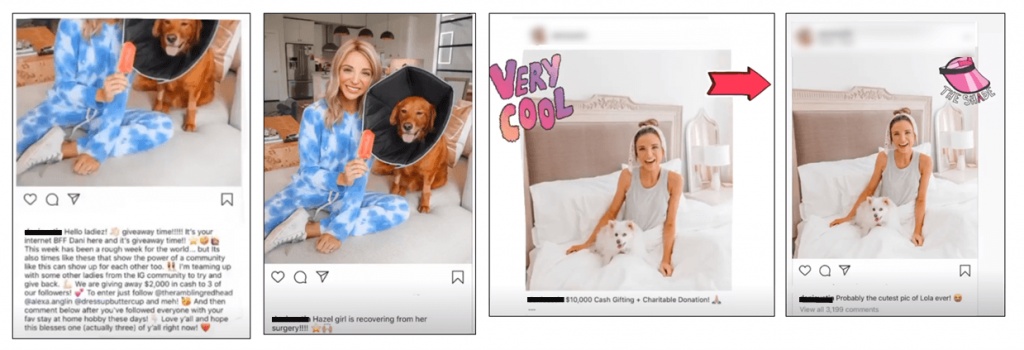
A newer trend on the influencer fraud scene is bait-and-switch posts. This involves captioning a post one way, letting the likes, comments, and shares roll in, and then going back and altering the caption to something else.
This type of fraudulent behavior is deceitful to both followers and brands that are looking to or are already working with the influencer.
A recent example of this was reported by Instagram watchdog account @influencerstruth and then by Carusele, highlighting an influencer who, several times, posted cash and product giveaways only to later edit the captions on both sponsored and non-sponsored content.
This is not only deceptive and confusing for followers, but it also makes it easy for influencers to entice brands with bloated engagement data on posts that would likely not have performed as well without the guise of a giveaway.
Fortunately for brands looking to vet influencers, Instagram followers are often acutely observant. A closer look at the comments section of one of the aforementioned bait-and-switch posts revealed a plethora of users inquiring about why the caption that had once broadcast an air fryer giveaway now appeared to be an ad for Kiwi Botanicals. Even users who had not seen the post before its editing noted the confusing nature of the comments section, which was littered with excited remarks about the chance to win an air fryer. Comments that now made no sense with the new caption.
Fake Sponsored Content
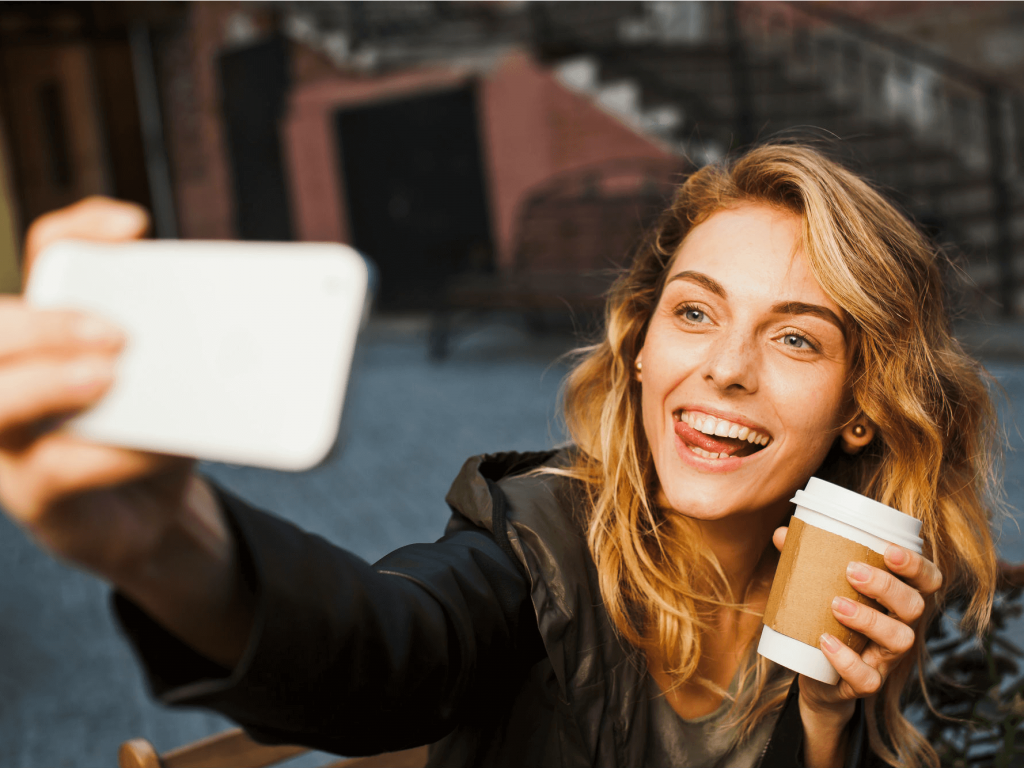
As the roadmap to achieving paid influencer status becomes increasingly apparent, more people are trying to get in on the action. However, the first gig can be difficult to land as brands look to evidence of previously successful partnerships to gauge a sponsorship’s potential. Because of this, burgeoning and established influencers alike are going to great lengths to gain credibility, posting content designed to look sponsored when it isn’t.
Having staged her own fake ad for a local cafe, Los Angeles-based lifestyle influencer Sydney Pugh told the Atlantic, “Instead of [captioning] ‘I need coffee to get through the day,’ mine will say ‘I love Alfred’s coffee because of A, B, C. You see the same things over and over on actual sponsored posts, so it becomes really easy to emulate, even if you’re not getting paid.”
Given that good influencer marketing is all about the seamless integration of a product, the lines between what’s sponsored and what’s not can get blurry for the average Instagram-using consumer. Even though the Federal Trade Commission has required the disclosure of sponsored content for years, both influencers and brands have been found guilty of merely disregarding the rules. This creates plenty of gray-area within which influencers can create misleading content.
The nature of this fraud is two-fold. It poses another barrier for brands seeking credibility from their influencer partners while risking streams of low-quality, unapproved content that can cause real damage to a brand’s reputation.
Brands can take steps to monitor these risks by seeking out partnerships based on factors besides just engagement data, focusing more on the genuine connection between a brand, the influencer, and their audience.
Socialfly CEO Stephanie Cartin warns against this common pitfall explaining, “it is important for brands to build deeper relationships with content creators that go beyond a sponsored post or story, as followers will be more likely to purchase a product if it is being repeatedly lauded by their favorite influencer, than if it just appears once in a story.
Cartin also advises investing paid media behind influencer content, a strategy that will amplify the partnership and clue consumers into the precise nature of the brand-influencer relationship. Clear communication about whom a brand is working with will reduce confusion around what content is and isn’t officially associated with a brand.
Minimizing Influencer Fraud is Essential
The landscape of influencer marketing is changing, both for better and for worse. As the opportunities for growth continue to evolve, so inevitably do the possibilities of fraud. Fortunately, there are ways to minimize the risk of partaking in this potentially lucrative form of marketing.
From third-party influencer vetting agents to increased awareness of fraudulent activities, there are more tools out there than ever to help brands navigate the often overwhelming influencer sector. All of this information creates opportunities for brands to readjust their mindset around influencer marketing, setting different expectations for the adjusting landscape and what kind of partners will most positively impact the brand.
A few good places for brands to start would be reassessing what metrics are essential to the influencer recruiting process. Look past surface-level engagement statistics and examine authentic influencer connections. The avenues for this are varied, from exploring the ever-expanding world of micro-influencers to investigating an influencer’s content with a full 360 approach, ensuring the most efficient ROI and bolstering your brand’s identity for the better.